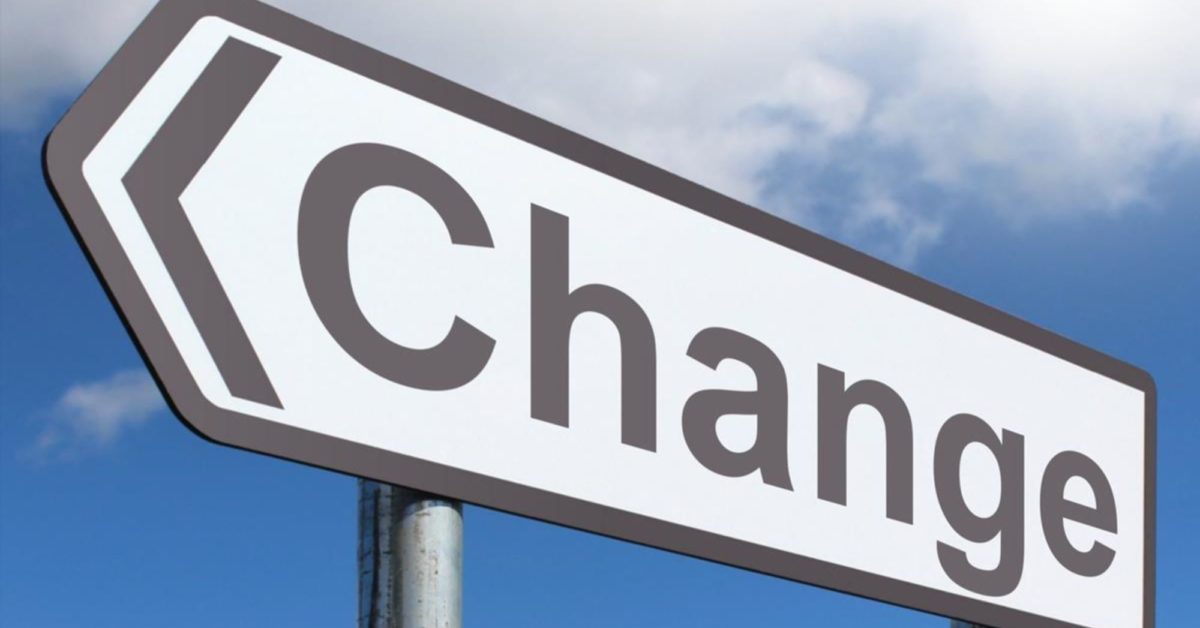SEL Tip: Assessing the SEL Landscape

Out with the Old: Isolated SEL Lessons
Gone are the days when SEL was treated as a standalone subject, confined to specific lessons or programs. The shift away from isolated SEL sessions is noticeable as educators recognize the importance of integrating social and emotional skills seamlessly into the fabric of everyday learning. The traditional approach, characterized by designated time slots for SEL activities, is losing favor in light of a more holistic and continuous approach.
Educators are now weaving SEL principles into regular classroom activities, making it a natural part of the students’ daily experiences. This shift acknowledges that social and emotional skills are not standalone competencies but rather essential components that enhance overall learning and personal development.
On the Rise: Cultivating Inclusive and Diverse Perspectives
As the educational landscape evolves, there is a noticeable rise in the emphasis on cultivating inclusive and diverse perspectives within SEL curricula. The traditional, one-size-fits-all approach is giving way to a more nuanced understanding that recognizes the unique social and emotional needs of each student.
Educators are incorporating diverse cultural references, narratives, and perspectives into their SEL lessons. This not only helps students develop a broader worldview but also fosters empathy and understanding for the experiences of others. Schools are increasingly recognizing the importance of acknowledging and celebrating diversity as an integral part of SEL, contributing to the development of socially aware and culturally competent individuals.
Out with the Old: Passive Learning Models
Another trend that is losing ground is the reliance on passive learning models within SEL programs. The traditional approach often involved delivering information to students through lectures or presentations. However, research is showing that active, experiential learning is far more effective in developing social and emotional skills.
Teachers are replacing passive models with interactive and participatory methods where students engage in activities that require problem-solving, collaboration, and critical thinking. These experiential learning opportunities not only enhance the acquisition of social and emotional skills but also provide students with the tools to navigate real-world challenges effectively.
On the Rise: Digital and Technology Integration
In the ever-evolving landscape of education, the integration of technology into SEL programs is gaining traction. With the rise of digital natives, educators are leveraging technology to make SEL engaging and relevant to today’s students. Interactive apps, online platforms, and virtual reality experiences are being used to create immersive and impactful SEL learning environments.
This trend aligns with the technological preferences of contemporary students. It also opens up new possibilities for personalized learning experiences. Digital tools are being harnessed to facilitate self-reflection, collaboration, and the development of essential skills in ways. These resonate with the tech-savvy generation.
In Conclusion
The landscape of elementary school SEL is witnessing a dynamic shift. Trends that are fading away are making room for approaches that align more closely with the evolving needs of students and the broader educational context. As educators continue to explore innovative strategies, the future of SEL in elementary schools holds the promise of cultivating emotionally intelligent, socially aware, and resilient individuals prepared for the challenges of the 21st century.
If you found this content helpful, you might enjoy this Imagineerz blog post and check out Social-Emotional Learning: 10 Trends in 10 Charts!


